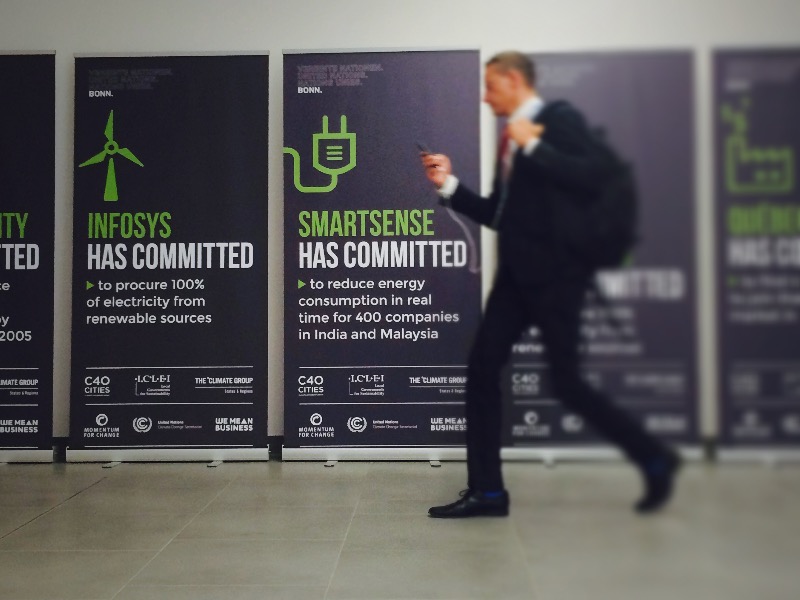Ratcheting carbon goals in 2020 will help unleash business ambition
We Mean Business
There is huge support for the notion that the ambition of INDCs should be ratcheted up every five years, but when will the first ratchet take place?
2025 has been hinted at by some, but waiting ten years is too long for business and here’s why.
Five years is a very long time in the business world. Ten years is an eternity. No business leader would consider setting a goal and then waiting ten years to review it. There are simply too many dynamic issues that impact the pace and scale of progress. Improvements in technology, political shifts, economic ups and downs and changing consumer behavior all impact company strategies and plans.
If we waited until 2025 for the first review of global carbon reduction targets there would be massive uncertainty for businesses in their own carbon reduction planning and investment.
The incredible pace that technology is changing may be one of the most compelling reasons for reviewing how quickly we can cut carbon. Just look back five years and consider what has already changed. Solar PV and wind power have reached grid parity in many parts of the world. Most car manufacturers now have electric vehicles as part of their product range. Electricity storage costs are tumbling so fast that contracts have already been signed on the first utility scale projects. While many observers of the low carbon economy spotted these trends – few were able to predict the phenomenal pace of change.
A 2020 date for the first ratchet will send a stronger signal of ambition to investors. More private sector money will flow now. This is one of the crucial factors to ensure the relatively small but politically important $100bn of public sector climate finance is leveraged into the trillions of dollars needed in climate smart infrastructure investment.
Businesses are already driving the transition to a clean economy. Over a hundred global companies have committed to their own ‘science-based targets’ which will involve aggressive decarbonization over the next 60 to 70 years. Over fifty of the most influential companies in the planet have committed to procuring 100% of their energy from renewable sources by mid century or sooner – many as part of their ‘science based targets’ approach. Companies in the consumer and retail sector are looking at how they protect critical natural resources and are going all in to eliminate !00% deforestation from their commodity supply chains by 2020. And members of the world’s largest business sustainability organization – the World Business Council for Sustainable Business – have committed to nine technology platforms, which have the potential to reduce carbon emissions by 65%.
This is the new normal for business. By 2020, we expect not hundreds but thousands of companies to be taking action at this pace and scale.
Businesses and investors have been inspired to greater climate ambition by the leadership shown from politicians around the world. Momentum is building. And business also needs policymakers to begin ratcheting up ambition in 2020 to make sure we all stay in step with the acceleration to a thriving, clean economy.
1 http://www.irena.org/documentdownloads/publications/irena_re_power_costs…

